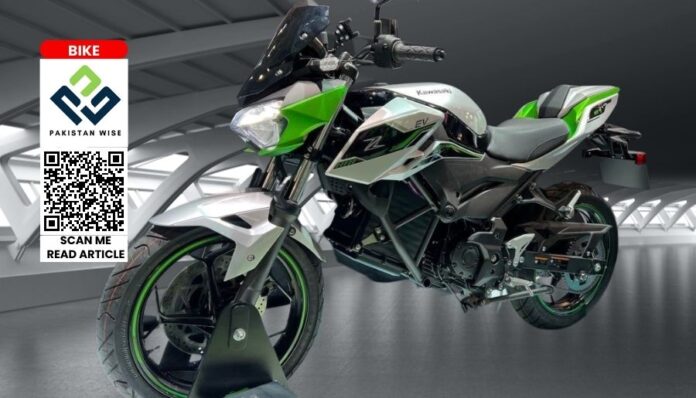Kawasaki’s entry into the electric motorcycle realm signals a pivotal moment in the evolution of this industry. The unveiling of their latest offerings, the Ninja e-1 and Z e-1, at the 2023 EICMA Milan Motorcycle Show marks a significant stride for the brand, positioning itself among the forerunners of electric mobility. This strategic move follows a deliberate pace when juxtaposed against counterparts such as Harley-Davidson and BMW.
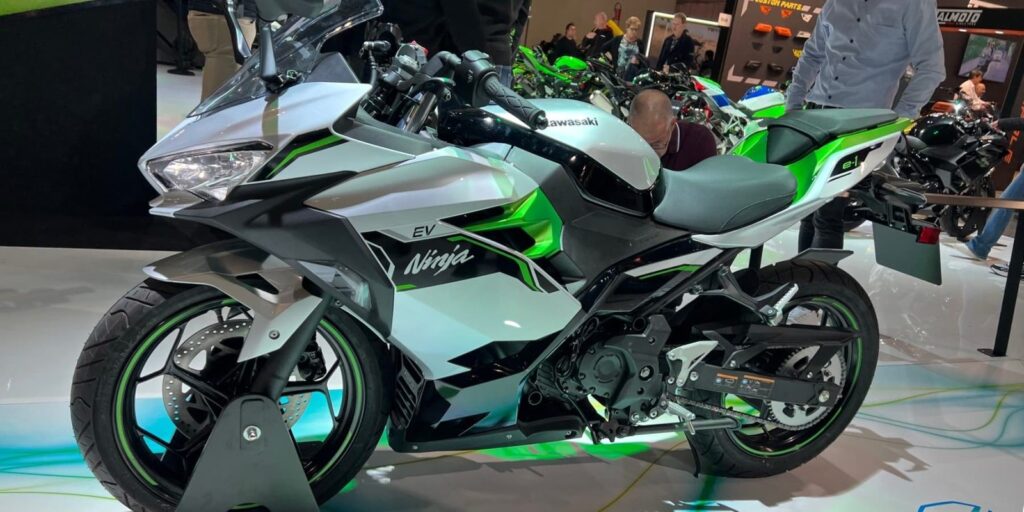
In the midst of giants like Honda, Yamaha, and Suzuki, Kawasaki proudly claims the distinction of being the first among Japan’s renowned “big four” to introduce a full-scale electric motorcycle to the market. The debut of these models not only represents a departure from internal combustion engine (ICE) predecessors but also highlights Kawasaki’s commitment to innovation and adaptation to evolving consumer demands.
Upon close examination at the show, both the Ninja e-1 and Z e-1 exude a semblance of familiarity reminiscent of their ICE-based predecessors. Despite the paradigm shift in powertrain technology, these electric models, at first glance, do not evoke the radical departure often associated with futuristic electric alternatives currently flooding the market. The design ethos seems to echo the traditional Kawasaki aesthetic, thereby aiming to bridge the gap between heritage and innovation.
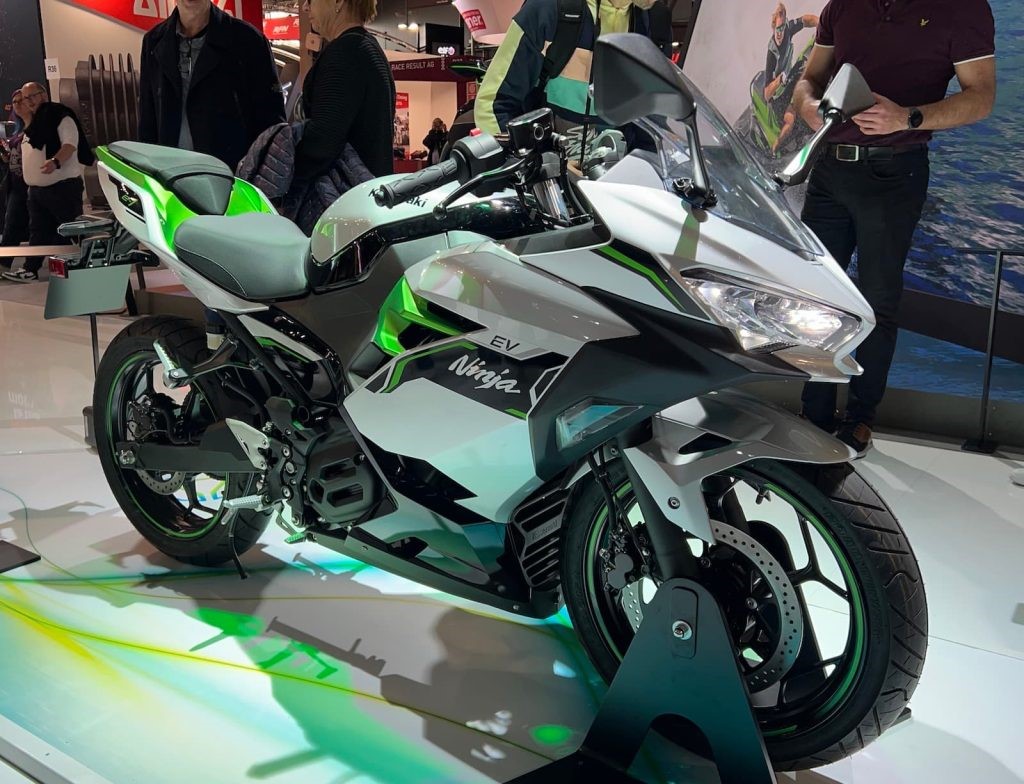
Regrettably, the performance attributes of the Ninja e-1 might not align with the expectations of enthusiasts accustomed to the dynamism of conventional sportbikes. In contrast to certain electric counterparts prioritizing robust power output, these models integrate comparatively smaller motors and batteries, resulting in a performance profile akin to that of a 125cc commuter-level motorcycle.
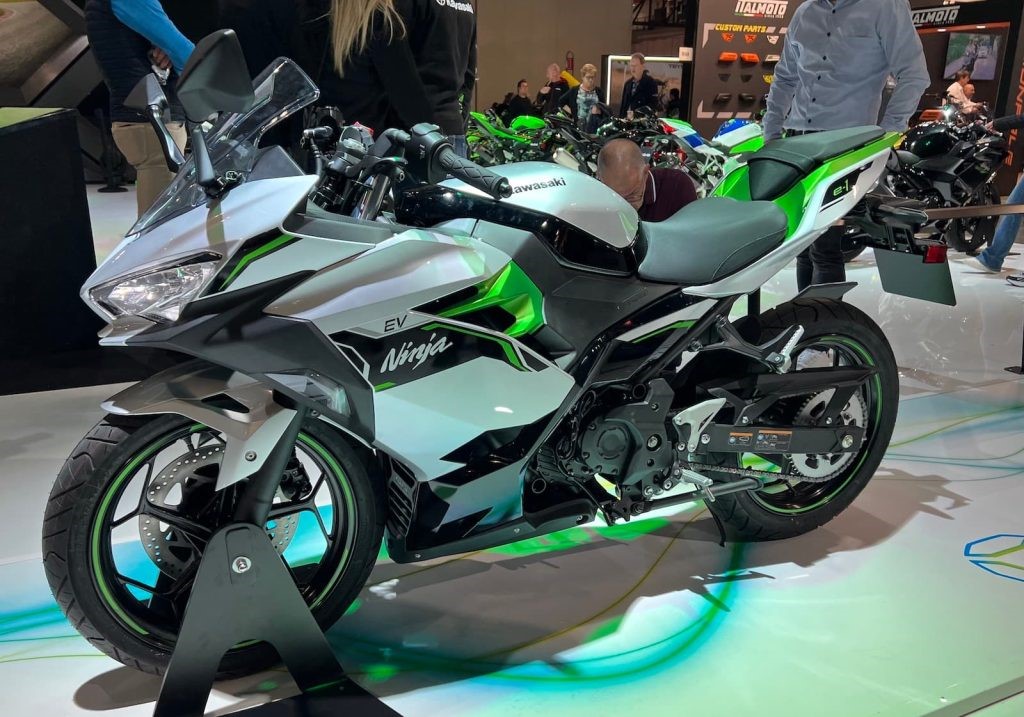
Both the Ninja e-1 and Z e-1 boast a 5 kW electric motor, peaking at 9 kW, delivering a modest output of approximately 12 horsepower at maximum capacity, which might not cater to enthusiasts seeking exhilarating acceleration and power delivery.
The inclusion of two distinct riding modes, namely Eco and Road mode, accompanied by a supplementary boost feature for temporary power and speed increments, attempts to compensate for the constrained power output. However, the combined 3 kWh capacity from removable 1.5 kWh battery packs grants these bikes a limited range of 41 miles in Road mode, subject to restrictions on speed and usage. Nonetheless, the quick recharge time of under four hours from a standard outlet serves as a convenience, particularly for urban riders lacking convenient garage access.
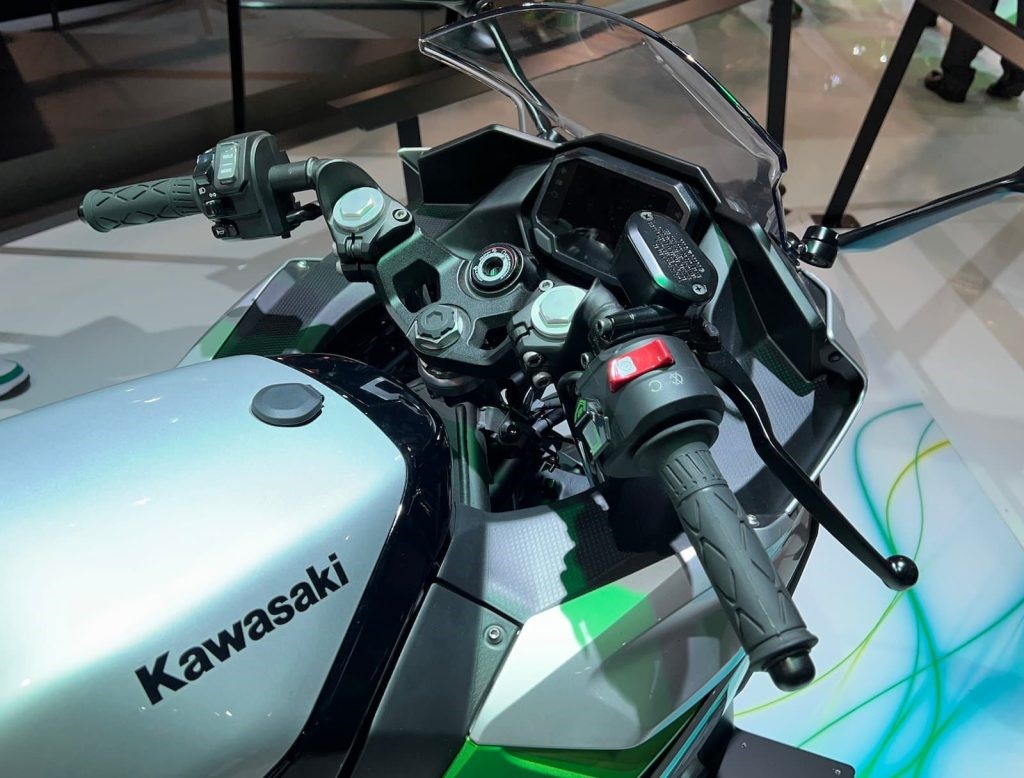
While the electric models encapsulate Kawasaki’s illustrious design heritage, the compromise in performance might dissuade ardent brand loyalists. Nevertheless, the allure of an attractive price point, positioned below $8,000, coupled with an extensive support infrastructure, reflects Kawasaki’s strategic intent to captivate a burgeoning demographic of new riders enticed by the accessibility and sustainability of electric motorcycles.
The introduction of the Ninja e-1 and Z e-1 electric models by Kawasaki undoubtedly invites contemplation.
The question arises:
- Would enthusiasts and prospective buyers embrace this electric leap by Kawasaki, despite the performance limitations?
- Can you envisage yourself navigating the streets astride one of these electric marvels?
Share your perspectives and insights in the comments below, fostering a dialogue on the future of electric motorcycles and Kawasaki’s pivotal role in shaping it.

